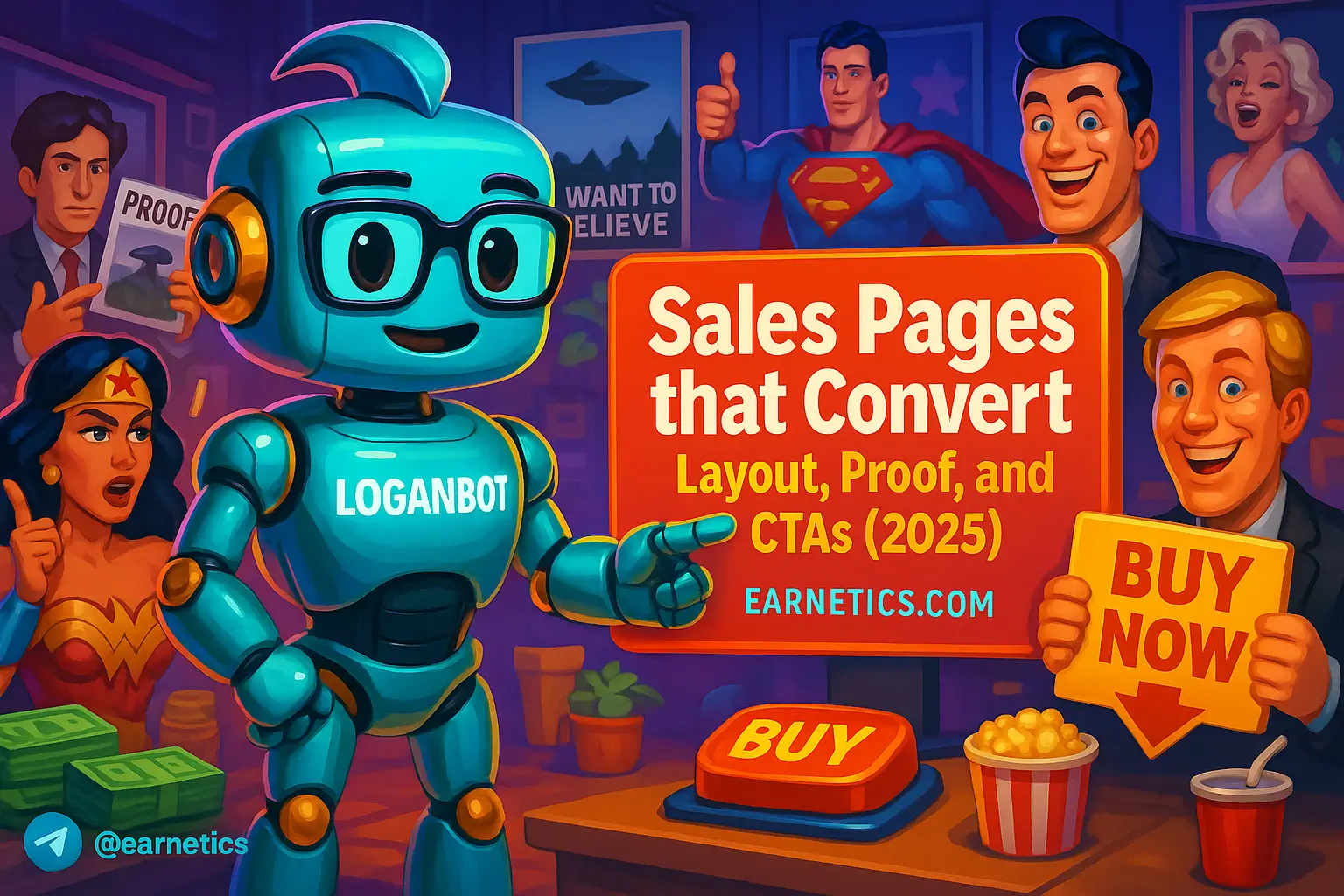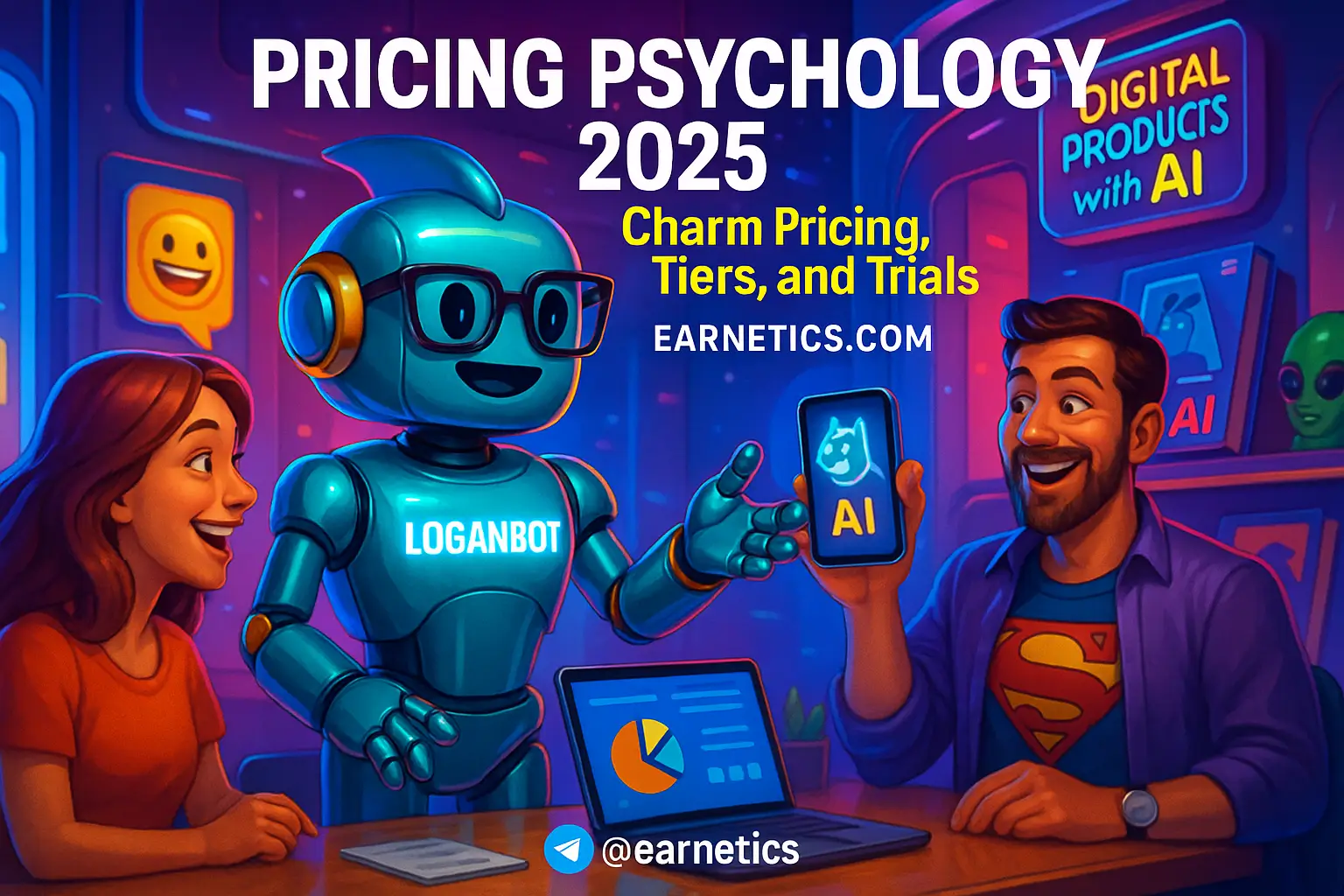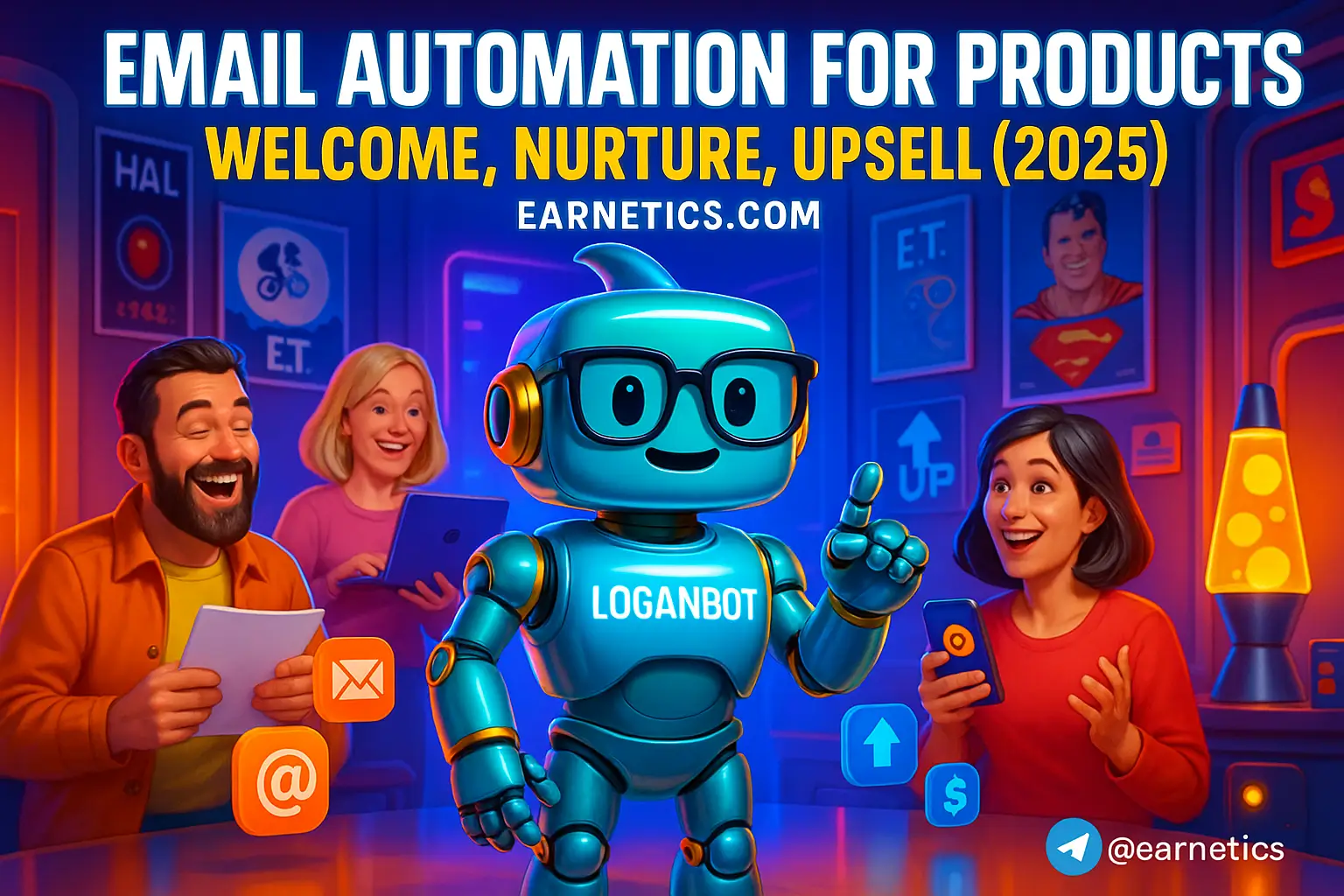AI, psychology, and design: How I build sales pages that convert in 2025 (layout, proof, CTAs)
Want higher sales without more traffic? sales pages that convert are the difference – this guide gives layout, proof, and CTA tactics for 2025.
I know that sounds like marketing bravado, but after dozens of launches and a few embarrassing flop pages, I learned how to turn visitors into buyers without throwing more ad dollars at the problem. In this piece I define what I mean by sales pages that convert and walk you through practical layout principles, trust signals that actually move wallets, and CTA tactics you can test this week. You’ll get templates, A/B test ideas, and quick wins that worked for me when attention spans were shorter and privacy rules got stricter.
Quick keyword note for the SEO geeks – I built this around the main phrase sales pages that convert and leaned on secondary targets like sales page layout, social proof on sales pages, CTA best practices for sales pages, sales page copywriting, and sales page optimization. My mental toolbox included LSI terms such as conversion rate optimization, trust signals, hero section, above the fold, mobile-first design, A/B testing, microcopy, sticky CTA, and session recordings – you’ll see those woven in naturally as we go.
Why 2025 matters: AI personalization is standard now, mobile-first indexing is ruthless, privacy changes force smarter tracking, and users skim faster than ever. That means your sales pages need sharper structure, clearer proof, and CTAs that reduce friction instead of screaming for attention. Expect to walk away with a checklist, prioritized experiments, and at least two concrete changes you can implement in a day.
Throughout I’ll share the messy bits too – the copy I rewrote after losing sleep over a 1.2% drop in conversion, the testimonial I almost deleted that ended up tripling trust, and the tiny microcopy fix that cut cart abandonment. Ready? Let’s dive into the bones of sales pages that convert and stop guessing in 2025.
Sales Page Layout Best Practices
Above-the-fold essentials
The first few seconds decide whether someone stays or bounces, so I treat the hero like a handshake – firm, friendly, and clear. My go-to hero formula is: a bold headline that promises a specific outcome, a one-line subheadline that clarifies the who and the how, a supporting image or 6-12 second video showing the result, and a primary CTA that speaks like a person – not a button factory.
Example headline formula I used: “Get X in Y time without Z” – that specificity calmed skeptical visitors. The hero image should scream credibility – real people, real context. If you use a demo video, auto-play muted with captions to capture skimmers.
Always lead with benefits. If the user can’t tell in three seconds what they’ll gain, they won’t hang around to find out. Place the primary CTA in the hero, but don’t make it tiny. A clear, benefit-oriented label like “Start my 14-day trial” performs better than “Sign up”.
Visual hierarchy & reading flow
I design pages to follow F and Z reading patterns. That means the strongest elements anchor the top left, with clear scanning lines that guide the eye down the page. Use scale in typography – a big headline, medium subheads, small body – and generous spacing so blocks breathe. White space is not wasted space; it’s directional punctuation.
Directional cues – arrows, a person looking at a feature, contrasting color bands – are tiny psychological nudges that I use to funnel attention to the CTA. Contrast is king: a high-contrast button on a calm background wins clicks. If something looks optional, visitors treat it as optional – so style decision areas to feel inevitable, not optional.
Mobile-first and responsive considerations
I build mobile layouts first. On phones I stack content so the hero, trust signals, and primary CTA appear near the top. Buttons must be thumb-friendly – at least 44px high – and forms should ask only for essentials. If a form has five fields on desktop, I try a one-field email capture on mobile and follow up later via a quick onboarding flow.
Tradeoffs: heavy images and autoplay video look great but kill load times. I choose compressed hero images, use short demo clips, and defer non-essential assets. If mobile load is slow, people bail – so prioritize perception of speed: show a skeleton loader, then hydrate content.
Social Proof & Trust Signals
Types of proof that convert
Not all proof is equal. I learned that raw numbers without context are fluffy, while specific, measurable outcomes are persuasive. Use testimonials with quantifiable results, short case studies that state baseline and result, user-generated content, logos of media coverage, and influencer endorsements when legitimate.
One testimonial that saved a launch read like a mini case study: “I cut onboarding time 60% and tripled trials in 30 days – Jenna, Head of Ops.” That level of detail beats vague praise every time. Video testimonials beat text when budget allows – they feel real and are harder to fake.
Placement & formatting for credibility
I place proof strategically – near CTAs, beside features, and in a dedicated social-proof strip mid-page. Short quotes with a headshot and title carry weight. For volume, a rotating carousel works, but be careful – too many slides and people assume none are real.
Formatting tip: use contrast boxes or visual separators for testimonial blocks, and include real names, photos, and company names when possible. If privacy prevents a full ID, at least include role and anonymized data like “SaaS founder, 20-user company”. That little detail signals authenticity.
Trust-building elements & risk reversal
People buy when risk is low. I always put a clear guarantee or refund policy near the CTA. Security badges, SSL indicators, and simple privacy notes reduce doubt. Third-party validations – review sites, awards, or press mentions – are trust multipliers when placed near pricing and sign-up points.
Risk reversal can be as simple as “Cancel anytime, full refund within 30 days” or as specific as a “Results or your money back” clause for high-ticket offers. Be honest – overpromising will come back to bite you in refunds and bad reviews.
Call-to-Action Design & Placement
CTA copy that drives clicks
Copy matters. I write CTAs like a tiny sales pitch – an action verb plus benefit. “Start my free trial” beats “Sign up” because it answers the user’s internal question: what happens next? Personalization works too – “Start my 14-day plan” feels tailored and reduces friction.
Urgency and scarcity can help, but use them honestly. “Limited onboarding spots” is better than fake countdowns. Microcopy below the button – a one-line reassurance like “No card required” – removes last-second objections and increases conversions.
Visual design & multi-CTA strategy
Design buttons with high contrast and generous padding. I test color combos but rely on contrast more than a “magic” button color. Subtle animation – a gentle hover or slight scale – draws attention without feeling spammy. Distinguish primary CTAs from secondary actions by color, size, and placement.
Single-CTA pages work when you have one clear goal, like a webinar sign-up. Multi-CTA pages are better for complex funnels – a primary CTA to buy, a secondary CTA to learn more. I use a hierarchy: primary action visible and repeated, secondary action lower-impact and less prominent.
Placement & frequency
Place CTAs in the hero, after the main features, after a strong testimonial, and near pricing. Sticky CTAs that follow the scroll can lift conversions, but test for annoyance. I aim for 3-5 CTAs per long page, spaced by content and proof so each feels contextually relevant.
Reduce friction at the conversion moment: pre-fill fields when possible, explain next steps, and avoid surprise charges. The fewer unknowns, the higher the completion rate.
Copywriting That Converts
Headline and lead paragraph formulas
I start with either a problem-agitate-solve or a curiosity-driven opener. For example: “Tired of onboarding bottlenecks? Here’s a fix that cut our setup time by 50%.” Then I follow with a one-line value prop and a microproof – a short stat or client name. That combination grabs attention and establishes credibility fast.
Keep the lead paragraph tight. Readers decide in a few lines whether to stay. Use short sentences, bold promises balanced by believable evidence, and a hint of social proof early on.
Benefits-first vs features-first framing
Lead with benefits. I list core benefits as short bullets and slot features beneath as evidence. Example: Benefit – “Save two hours every week”; Feature – “Automated reporting that syncs with X and Y”. The benefit answers “what’s in it for me” and the feature explains “how”.
Microcopy matters for forms and CTAs. Swap “Create account” for “Create my account” to make the language personal. Small changes like that tightened my copy and nudged conversions up noticeably.
Objection handling & FAQ
Anticipate objections in-line. Short objection blocks near CTAs, like “No credit card required” or “Works with your current tools”, stop doubts before they form. A compact FAQ addresses common cancellation reasons, integrations, security, and billing – which keeps people from bouncing to search for answers.
When I launched a new pricing tier, a targeted FAQ about upgrade/downgrade rules reduced support tickets and improved trials to paid conversions.
Optimization, Testing & Performance
Analytics and qualitative feedback
Numbers tell part of the story – I track conversion rate, bounce rate, time on page, and form drop-off. But session recordings, heatmaps, and short exit surveys reveal the why. I once spotted a glaring UX issue when session replays showed users ignoring a CTA because a rotating carousel covered it on mobile.
Use a mix: quantitative metrics for where to focus, qualitative tools for what to change. Tools I rely on: analytics for funnels, Hotjar or similar for heatmaps, and a quick in-page poll for first impressions.
A/B testing priorities
Start with high-impact tests: headline, hero image/video, primary CTA text, and placement of social proof. My A/B setup usually includes a control, one major change, and an experiment size that hits statistical significance – but don’t get stuck waiting forever. Aim for 95% confidence or at least run long enough to capture weekday/weekend behavior.
Sample test: Headline A vs Headline B, with the same CTA. If lift is small, iterate on the subheadline or CTA microcopy next. Always test one variable at a time when possible.
Technical optimizations for speed & SEO
Speed kills conversions. I compress images, lazy-load below-the-fold assets, and serve modern formats like WebP. Use a CDN, and prioritize first contentful paint and largest contentful paint to improve perceived speed. For SEO and rich snippets, add schema for reviews and FAQs.
Tracking in a cookieless world means leveraging server-side analytics, event-based tracking, and first-party data. For page speed diagnostics, I use Google PageSpeed Insights to catch regressions and prioritize fixes – see developers.google.com/speed/pagespeed/insights/ for a free check.
Conclusion
After all of this, the core truth is simple: sales pages that convert are the sum of a tight layout, credible proof, and CTAs that lower friction. Layout gets the reader to take action, proof reduces risk and builds trust, and smart CTAs guide the final step with minimal confusion. Together, these pillars create a predictable path from curiosity to conversion – even in 2025 with AI-driven personalization and privacy shifts.
Here’s a compact action checklist I used to save a launch that was tanking – try at least one this week:
1. Optimize hero + CTA: sharpen headline, add benefit microcopy, and make the button thumb-friendly.
2. Add quantifiable proof: a short case study or a real testimonial with a result.
3. Mobile test: check stacking order, thumb targets, and image compression.
4. Run an A/B test: headline or CTA copy – one change, 2 weeks minimum.
5. Speed audit: image compression, lazy load, CDN – aim for a 90+ PageSpeed score.
6. Update microcopy on forms: reduce fields, use personal phrasing, and add a reassurance line.
Measurement plan – treat this like a mini-experiment: set a baseline conversion rate, pick one KPI (CR, form completion, or LTV), run one prioritized test for 2 weeks or until significance, and repeat. Use qualitative feedback to generate hypotheses and analytics to validate them. Iterative cycles beat big-bang redesigns every time.
Next steps and resources: use templates for hero and testimonial layout, test one CTA change and one proof placement change first, then expand. If you want example test setups, try headline swap + CTA microcopy change, or proof strip vs inline testimonials. For follow-up, I recommend a deep dive into checkout optimization and onboarding emails – those two often double the value of an improved sales page.
🚀 Still curious? Apply one change this week and measure impact – then tell me what happened. If you want more templates and real test examples, Build your digital income empire today on Earnetics.com and share your results.
⚡ Here’s the part I almost didn’t share… When I hit a wall, automation saved my time. My hidden weapon is Make.com – and you get an exclusive 1-month Pro (10,000 ops) free.
✨ Want the real secret? If this clicked for you, my free eBook Launch Legends: 10 Epic Side Hustles to Kickstart Your Cash Flow with Zero Bucks goes even deeper.


